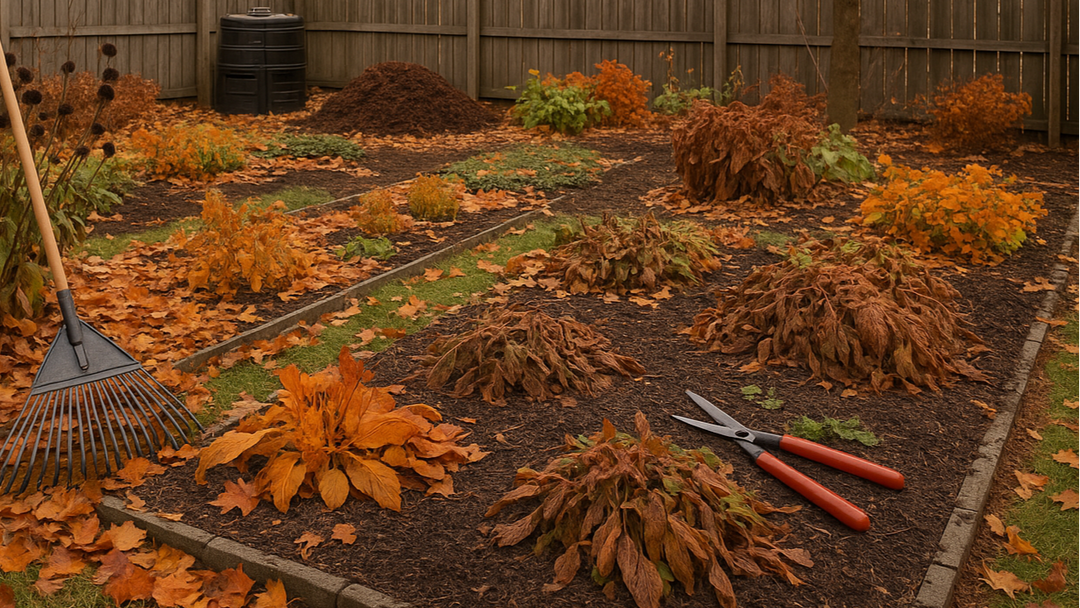Exploring Grass Types and Planting Cool Season Grass

A well-maintained, green lawn adds beauty and charm to any outdoor space. If you're considering planting or renovating your lawn, understanding different grass types and selecting the right one for your region is essential. In this blog, we'll explore various grass types, with a specific focus on cool-season grasses. Join us as we delve into the world of lush lawns and learn how to plant and care for cool-season grasses to achieve a vibrant, healthy carpet of green.
Understanding Grass Types
- Cool Season Grasses: Cool season grasses thrive in regions with moderate temperatures and are most active during the spring and fall. They exhibit excellent tolerance to cold weather and can withstand frost. Common cool-season grasses include Kentucky bluegrass, perennial ryegrass, tall fescue, and fine fescue. These grasses typically have a fine texture, dense growth, and vibrant green color.
- Warm Season Grasses: Warm season grasses are better suited for regions with hot summers and mild winters. They experience peak growth during the summer months and go dormant in cooler temperatures. Examples of warm-season grasses include Bermuda grass, St. Augustine grass, zoysia grass, and centipede grass. These grasses have a coarser texture and exhibit better heat and drought tolerance.
Please note that the suitability of a specific grass type depends on factors like climate, soil type, and intended use. It's essential to consult with local experts to choose the best grass type for your specific location and requirements.

Benefits of Planting Cool Season Grasses
Planting cool-season grasses comes with several advantages, especially in regions with colder climates. Here are some benefits to consider:
- Cold Tolerance: Cool-season grasses can withstand freezing temperatures and exhibit good recovery from winter dormancy. They remain green for longer periods during the year, ensuring a visually appealing lawn even in cooler seasons.
- Year-Round Aesthetics: With proper care, cool-season grasses maintain their lush, green appearance throughout the growing season. Their fine texture and dense growth create an attractive and inviting lawn for outdoor activities and relaxation.
- Versatility: Cool season grasses offer a range of options to suit different preferences and needs. Whether you desire a lawn for high foot traffic, shade tolerance, or drought resistance, there is a cool-season grass variety to meet your requirements.
Planting and Caring for Cool Season Grasses
- Soil Preparation: Prepare the soil by removing weeds, rocks, and debris. Conduct a soil test to assess nutrient levels and pH. Amend the soil if necessary to achieve a pH range suitable for the specific grass type. Prepare the soil by raking or tilling it to create a loose and crumbly seedbed.
- Seeding or Sodding: Decide whether to seed or sod your lawn. Seeding is a cost-effective option, while sodding provides instant results. Follow the recommended seeding rate for the chosen grass type, ensuring even coverage. Apply a starter fertilizer to promote healthy growth.
- Watering: Water newly planted seeds or sod consistently to keep the soil moist. Follow watering guidelines provided with the grass seed or sod. Gradually reduce watering frequency as the grass establishes itself, encouraging deep root growth. Installing a smart timer is a simple way to ensure that your grass receives the right amount of water without needing to be an expert on watering.
- Mowing and Maintenance: Once the grass reaches the recommended mowing height, typically 2 to 3 inches, begin regular mowing. Avoid cutting more than one-third of the grass blade length at a time to prevent stress. Maintain a regular mowing schedule and sharpen the mower blades regularly for a clean cut.
- Fertilization and Weed Control: Feed your lawn with a balanced fertilizer according to the recommended schedule for the specific grass type. Implement an appropriate weed control strategy to prevent weed competition and maintain the integrity of your lawn.
https://hgic.clemson.edu/factsheet/selecting-a-lawn-grass/







